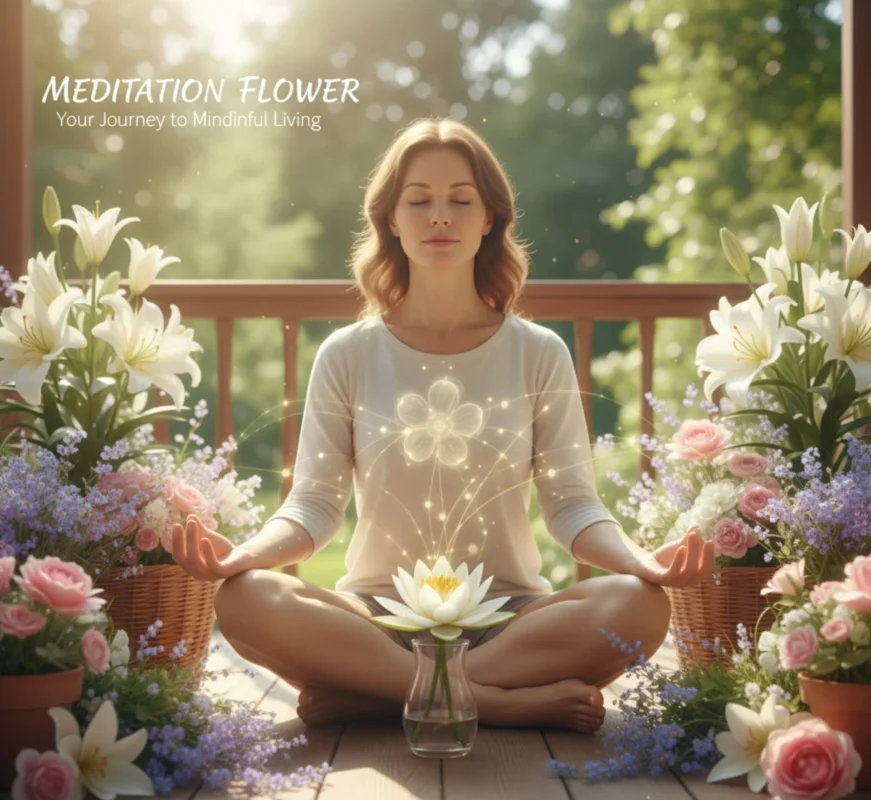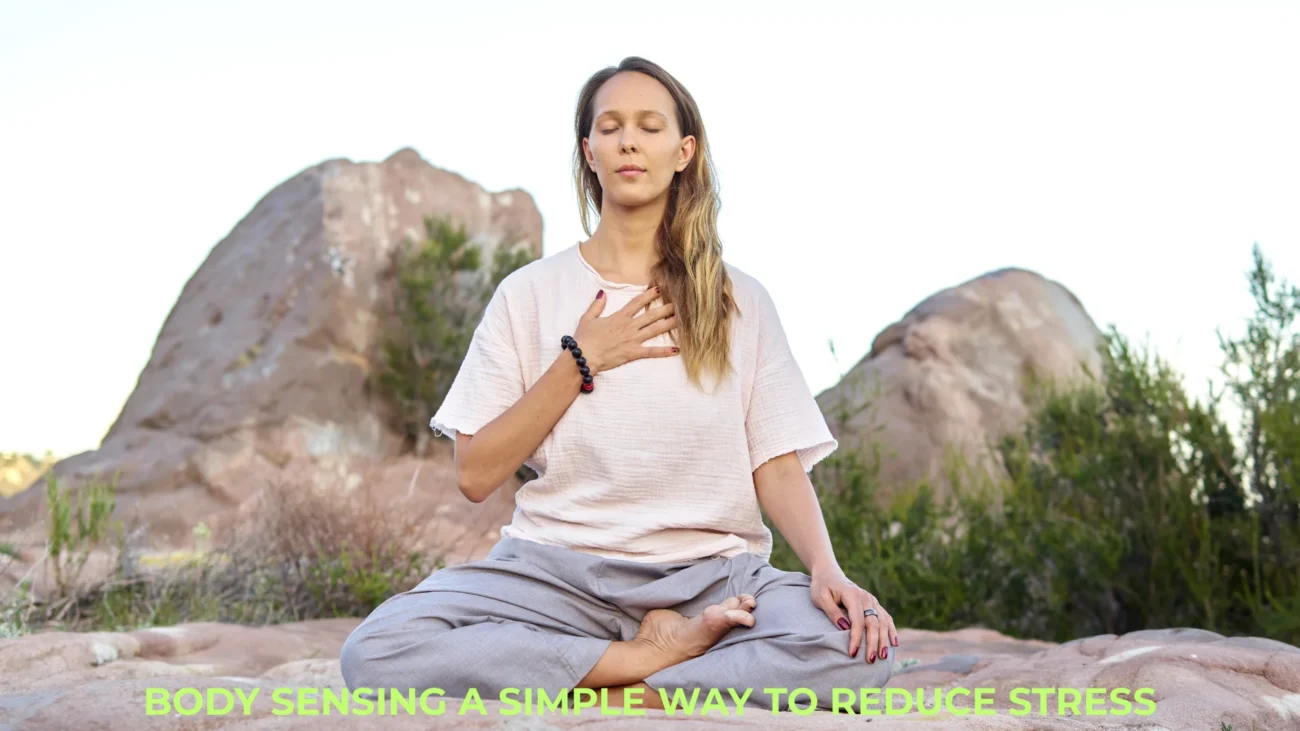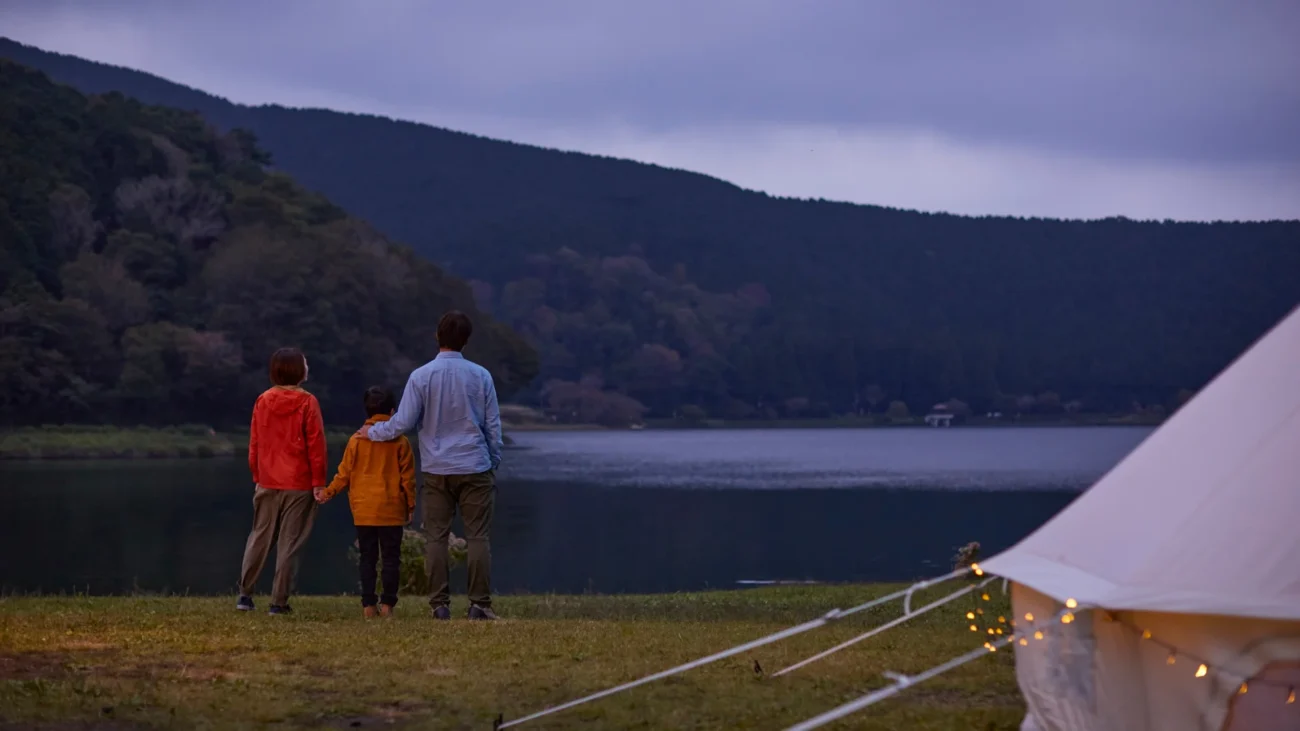Blog
Partner Yoga Retreats: A Better Getaway for Couples
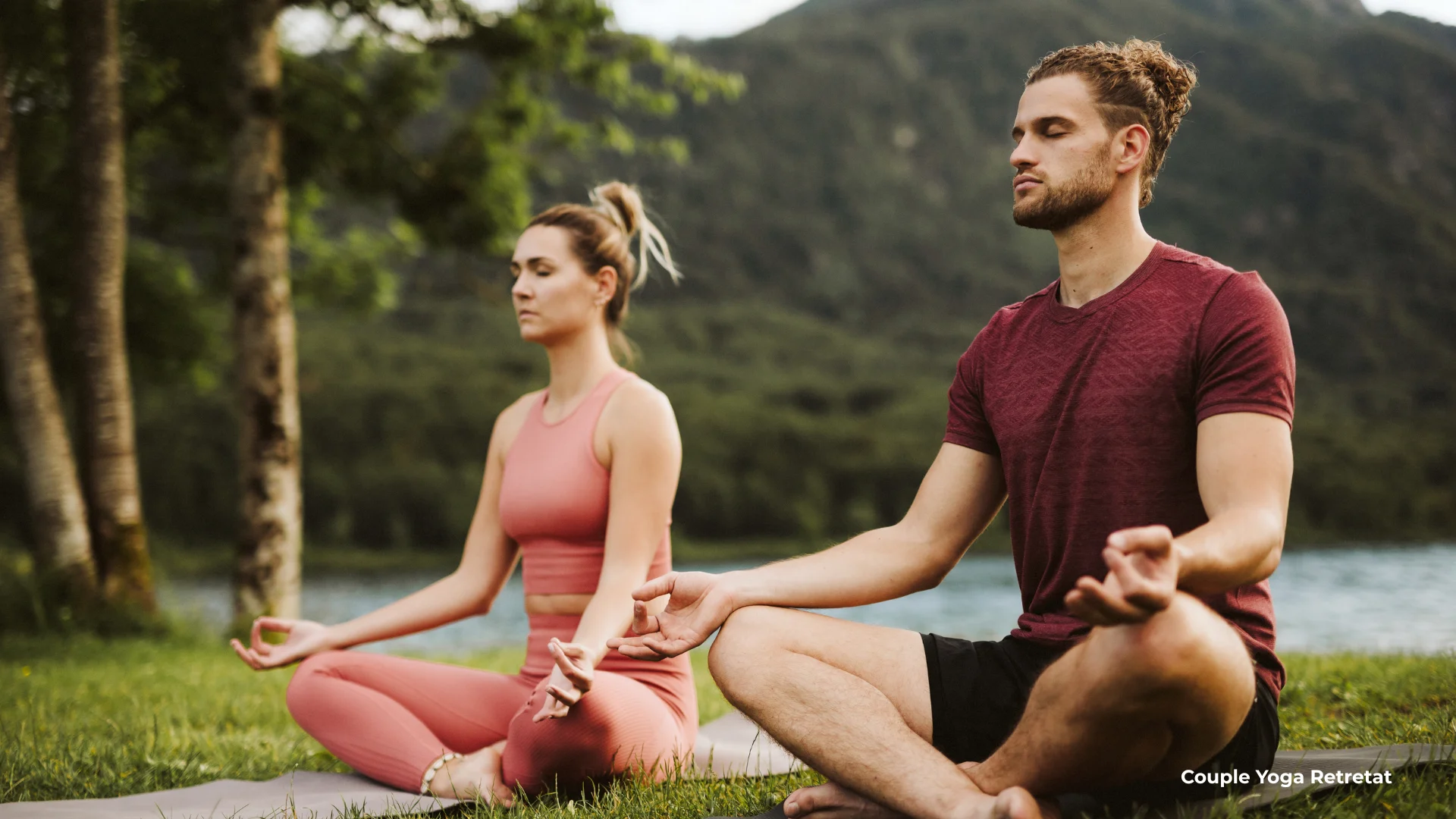
Remember when a vacation meant just lounging by a pool with a book you’d never finish? That was nice, sure. But here’s what nobody tells you about regular getaways – you come back relaxed for about three days, then you’re right back where you started. Your relationship gets a pause button, not an upgrade. Partner yoga retreats work differently. You’re not just escaping your problems for a week – you’re actually dealing with them while learning to move and breathe as a team. Sounds intense, maybe even a bit awkward at first. But couples who’ve tried it? They don’t go back to regular vacations.
What Actually Happens at a Partner Yoga Retreat
Let’s get real about what you’re signing up for. You won’t spend the entire time twisted into pretzel shapes or chanting in unison (unless that’s your thing). Most partner yoga retreats mix actual yoga practice with activities that help you communicate better, plus plenty of downtime to just be together without your phones buzzing every five minutes. A typical day starts with morning yoga – nothing too crazy, just poses designed for two people that require you to actually work together. You’re pressing against each other’s backs, holding hands for balance, or supporting each other’s weight. Then comes breakfast, usually something healthy that doesn’t make you feel like you’ve been punished for enjoying life. The afternoons vary wildly depending on where you go. Some retreats in places like Bali or Costa Rica throw in surfing or hiking. Others focus more on workshops about communication and intimacy. Evening sessions tend to be gentler – think meditation, breathwork, or yin yoga that helps you wind down together.
The Physical Stuff Nobody Warns You About
Partner yoga isn’t like regular yoga where you can fake your way through downward dog while thinking about what’s for dinner. Your partner’s right there, literally leaning on you or vice versa. You can’t phone it in. The physical touch element changes everything. Research shows that supportive physical contact has a calming effect and helps with stress management. When you’re doing poses like the double boat (where you’re sitting face-to-face, holding hands, with your feet pressed together in the air), you’re forced to find balance together. One person leans too far back? You both topple over. It’s physics, but also a pretty good metaphor for relationships. Your body gets a real workout too. These poses strengthen your core, improve flexibility, and build muscle endurance. The difference? You’re motivated to hold that plank longer because your partner’s counting on you. A study on 128 couples found that time spent practicing yoga together had a positive effect on relationship satisfaction, mindfulness, and emotional intelligence.
Why Regular Couples Are Choosing This Over Beach Resorts
Beach resorts are great for Instagram photos and mai tais. Partner yoga retreats are for when you realize you’ve been living parallel lives instead of actually connecting. It’s not that your relationship is broken – it’s that modern lifestyle makes it incredibly easy to exist next to someone without truly being present with them. You can’t scroll through your phone during partner yoga. You can’t zone out during communication workshops. It forces presence in a way that a regular vacation just doesn’t. Plus, you’re learning actual skills you’ll use at home. The breathing techniques, the communication exercises, the ability to physically support each other through challenging poses – all of that translates to real life.
Where People Are Actually Going for These Retreats
The location matters more than you’d think. A partner yoga retreat in the Arizona desert hits different than one on a beach in Mexico or tucked into the mountains of Tuscany. Ibiza has become a hot spot for couple retreats, particularly ones that blend yoga with deeper inner work. Places like Ananda Yoga Retreat offer programs focused on shadow work and sacred sexuality alongside the physical practice. You’re in a luxury villa, eating vegetarian food prepared by actual chefs, and working through relationship patterns with trained facilitators. California’s got the luxury angle covered. Retreats in Topanga Canyon, Malibu, and Laguna Beach cater to couples who want the wellness experience without roughing it. You get organic meals, sound healing with Tibetan singing bowls, guided hikes, and private accommodations. For something more adventurous, Mexico’s coastal towns like San Agustinillo in Oaxaca offer customizable retreats. These tend to be smaller, more intimate operations where the schedule bends around what you actually need as a couple rather than forcing you into a predetermined program.
If You’ve Never Done Yoga Before
Here’s the good news – most partner yoga retreats don’t expect you to show up already knowing the difference between vinyasa and hatha. They’re designed for regular people, not Instagram yogis who can do handstands on a paddleboard. The poses used in couples yoga are surprisingly accessible. You start with simple stuff like sitting back-to-back and just breathing together. It sounds almost too easy, but when you’re actually feeling your partner’s breath expanding and contracting against your back, something shifts. You’re literally in sync. From there, you might try partner forward folds where you’re standing facing each other, holding hands, and gently pulling as one person folds forward and the other leans back. Or the seated twist where you sit back-to-back and twist in opposite directions, using each other as gentle resistance. None of this requires being able to touch your toes or hold a plank for three minutes.
What This Actually Costs
Partner yoga retreats aren’t cheap, but they’re also not as expensive as you might fear. Weekend retreats in the US typically run between $800 to $2,500 per couple, depending on location and accommodation level. Week-long international retreats can go from $2,000 to $6,000 or more per couple. That price usually includes your room, all meals, yoga classes, workshops, and most activities. What it doesn’t include: flights, alcohol (though some retreats have bars where you can buy cocktails), spa services, and any optional excursions. Before you balk at the price, do the math on what you’d spend on a regular vacation. Hotel for a week, restaurants three times a day, activities, drinks – it adds up fast. Partner yoga retreats bundle everything, and you’re getting an actual structured experience rather than just winging it at a resort.
What To Bring Beyond Workout Clothes
The packing list for partner yoga retreats is pretty straightforward, but a few things trip people up. Here’s what you actually need:
Clothing essentials: Pack comfortable clothes you can move in – yoga pants, shorts, t-shirts. Bring multiple pairs because you’ll sweat through them. Most retreats provide yoga mats, but check first. You’ll also want layers since even tropical destinations get chilly in early mornings. A light jacket or hoodie makes those sunrise sessions more bearable.
Protection and health items: Don’t forget sunscreen, bug spray, and any medications you need. Retreats in places like Costa Rica or Bali come with mosquitoes that see you as an all-you-can-eat buffet.
Personal items: Bring a journal – yeah, it sounds corny, but having a place to process what comes up during workshops helps. You’ll have insights you want to remember, and writing them down while they’re fresh makes them stick when you get home.
What to leave behind: Skip the fancy jewelry, expensive watches, or anything you’d be devastated to lose. You’re there to disconnect from material stuff anyway.
Making It Last After You Get Home
The real test of a partner yoga retreat happens three weeks after you return when regular life slams back into full force. Here’s how to keep the momentum going:
Start with minimal commitment: Set aside ten minutes twice a week for partner breathing and one or two basic poses. That’s it. Don’t try to do hour-long sessions right away – you’ll skip it when life gets busy and then feel guilty about it.
Apply the communication tools: Use the techniques from the workshops during actual disagreements. When you’re frustrated, try the active listening exercises where one person talks for three minutes uninterrupted while the other just listens without formulating their defense. It feels unnatural at first, but it works.
Maintain digital boundaries: Keep the phones out of the bedroom, or at least face-down during dinner. One of the biggest benefits of retreats is the forced disconnection from technology. You can maintain that boundary at home with some discipline.
Book ahead: Consider scheduling your next retreat before the effects of the first one wear off completely. Having something planned six months or a year out gives you both something to work toward together.
The Bigger Picture
Partner yoga retreats have grown popular because they address something missing in how most couples operate. We’re good at being busy together – running errands, managing households, coordinating schedules. We’re terrible at being present together without a task to accomplish. These retreats strip away the distractions and force presence. You can’t multitask your way through a partner yoga pose. The physical practice provides a non-verbal way to communicate and connect that many couples lose after the early relationship phase. You’re touching, supporting, breathing together – all the things that happened naturally when you first got together but fell away as lifestyle got complicated. Whether a partner yoga retreat becomes a transformative experience or just a nice vacation depends mostly on what you put into it. Show up willing to be vulnerable, to try things that feel awkward, to have uncomfortable conversations, and you’ll probably get something valuable out of it. But for couples willing to do the work, these retreats offer something you can’t get from a regular vacation – actual tools and practices for building a stronger relationship, not just a temporary break from a struggling one.
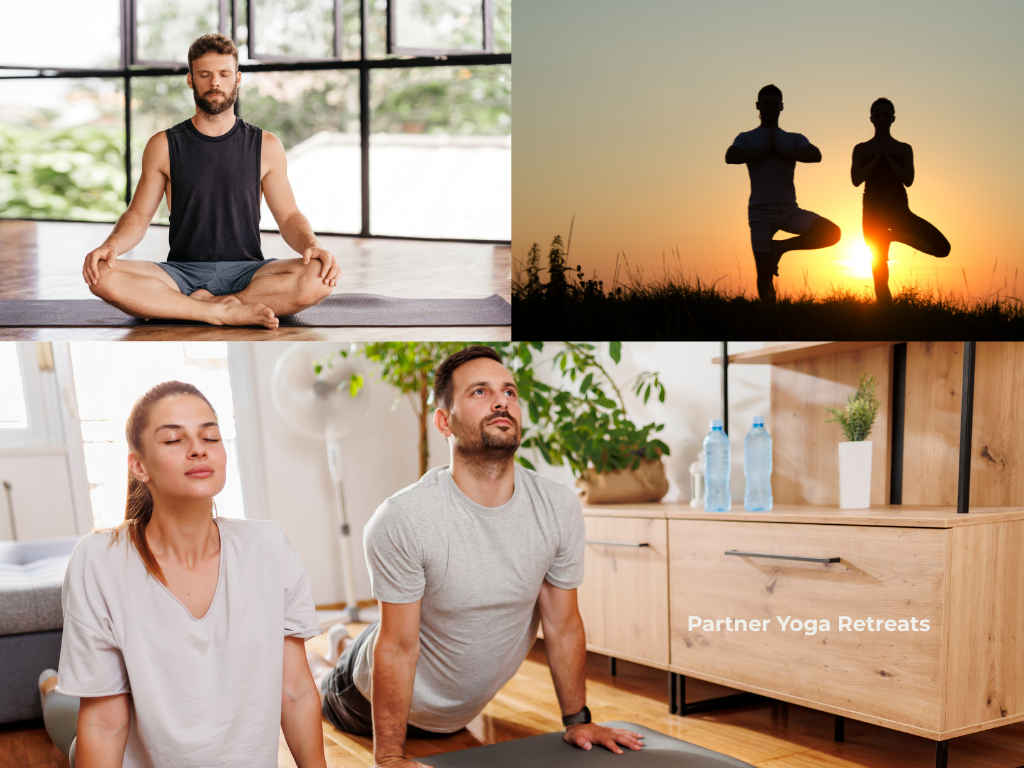
References
- Study on couples practicing yoga together and relationship satisfaction – International Journal of Yoga Therapy, Volume 12, 2020
- Physical touch and stress management research – Journal of Behavioral Medicine, 2019
- Partner yoga benefits and communication improvement – Kripalu Center for Yoga & Health research archives




